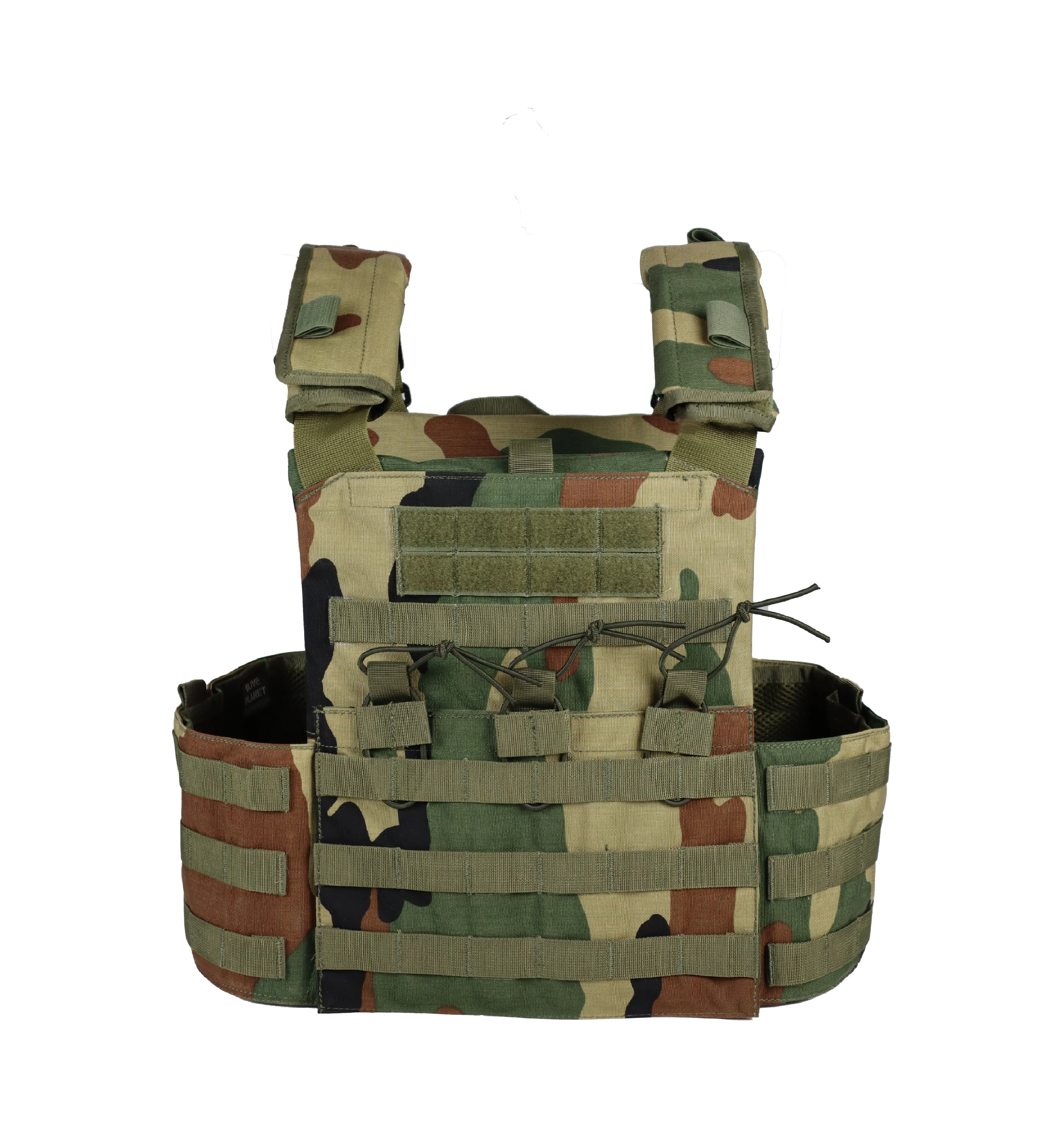In the world of law enforcement, where officers face unpredictable and potentially life-threatening situations daily, finding the right balance between mobility and protection is paramount. Plate carriers have emerged as a critical piece of equipment that enables law enforcement officers to carry essential protective plates while maintaining the agility and flexibility needed to respond effectively to threats. In this article, we will explore the role of plate carriers in law enforcement, the challenges they address, and the importance of achieving a delicate equilibrium between mobility and protection.
The Role of Plate Carriers in Law Enforcement
Plate carriers, also known as tactical vests or plate carrier vests, serve as the backbone of law enforcement gear, providing a platform for carrying protective ballistic plates, ammunition, communication equipment, and other mission-critical accessories. Unlike traditional full-body armor, which covers the entire torso, plate carriers offer protection specifically to the chest and back, allowing officers to move more freely.
Challenges in Law Enforcement
Law enforcement officers often face situations that require swift, agile responses. These can range from high-speed pursuits to close-quarters combat, making mobility a vital aspect of their gear. However, the need for mobility cannot come at the expense of safety. Officers must be adequately protected against firearms and edged weapons, which are ever-present threats in their line of duty.
Balancing Mobility and Protection
Balancing mobility and protection is the primary challenge faced by law enforcement agencies when selecting plate carriers. Here are some key considerations for achieving this equilibrium:
- Armor Weight: The weight of ballistic plates is a critical factor. Lightweight plates made from materials like ceramic or polyethylene offer protection without adding excessive bulk. Reducing the weight of the plates allows officers to move more easily and comfortably.
- Plate Thickness: Thinner plates provide mobility advantages, but they may not offer the same level of protection as thicker ones. Agencies must assess the level of threat officers are likely to encounter and choose plate carriers with plates that strike the right balance.
- Mobility Design: Plate carriers should be designed with mobility in mind. Features like adjustable shoulder straps, breathable materials, and a streamlined profile help officers move freely without feeling encumbered.
- Modularity: Modular plate carriers allow officers to customize their gear based on the specific mission or threat level. This adaptability ensures that protection can be optimized without sacrificing mobility.
- Plate Placement: The placement of plates in the carrier matters. Ensuring that plates cover vital areas while allowing for a natural range of motion is crucial. Properly positioned plates provide protection without restricting movement.
- Comfort and Fit: The fit of the plate carrier is essential for comfort during extended wear. A well-fitted carrier reduces the risk of chafing or discomfort, promoting better mobility.
- Training and Familiarity: Law enforcement agencies should invest in training officers to effectively use plate carriers. Familiarity with the gear and regular drills can help officers respond efficiently to threats while wearing their protective gear.
- Communication Integration: The ability to integrate communication equipment into the plate carrier is essential. This ensures that officers can stay connected while on duty, enhancing their situational awareness and response capabilities.
- Quick Release Systems: Some plate carriers feature quick release systems that allow officers to shed their gear rapidly in emergency situations. This can be critical for officer safety and mobility when needed.
The Evolution of Plate Carriers
Plate carriers have evolved significantly in response to the need for mobility and protection in law enforcement. Modern plate carriers offer a wide range of features, including MOLLE webbing for accessory attachment, adjustable cummerbunds for a secure fit, and options for carrying side plates for additional protection.
Conclusion
Plate carriers play a vital role in law enforcement by providing officers with the ability to balance mobility and protection effectively. The challenges officers face on the job demand gear that allows them to move swiftly while safeguarding them against threats. Achieving this equilibrium requires careful consideration of factors such as armor weight, plate thickness, mobility design, modularity, comfort, and fit.
Law enforcement agencies must prioritize the safety and well-being of their officers by selecting plate carriers that meet the unique needs of their missions. The evolution of plate carriers continues to provide innovative solutions, ensuring that officers can face the dangers of their profession with confidence, knowing that they have the right gear to protect them while maintaining the mobility necessary to respond effectively to any situation.


No comments yet